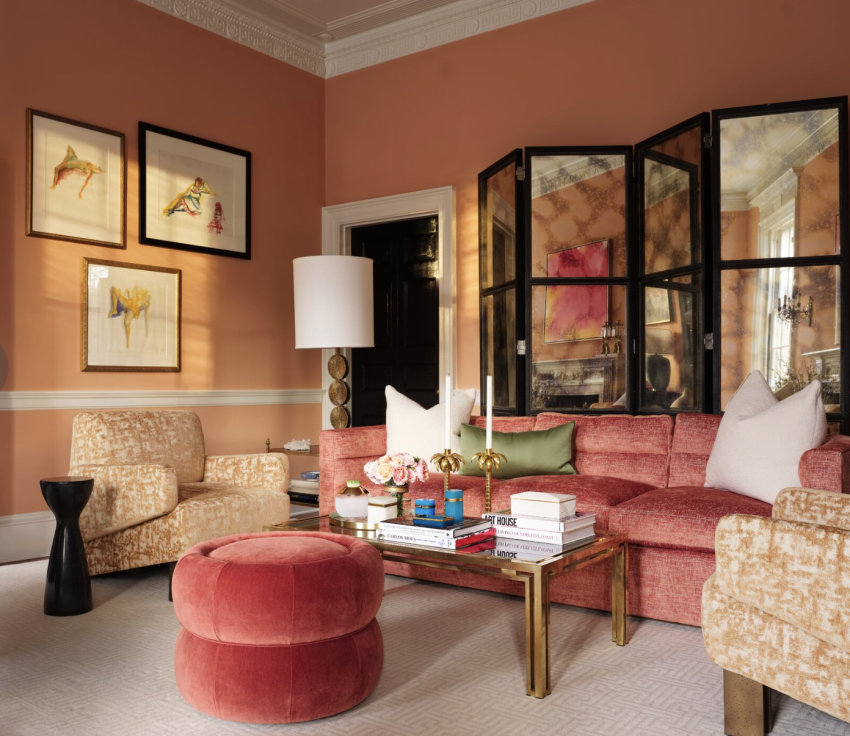How to paint an ombre wall? An ombre wall is a popular painting technique that involves blending two or more colors to create a gradient effect. This technique adds depth and visual interest to any room and can be customized to suit your personal style and decor. In this article, we will discuss step-by-step instructions on how to paint an ombre wall, allowing you to transform your space with this stunning design feature.
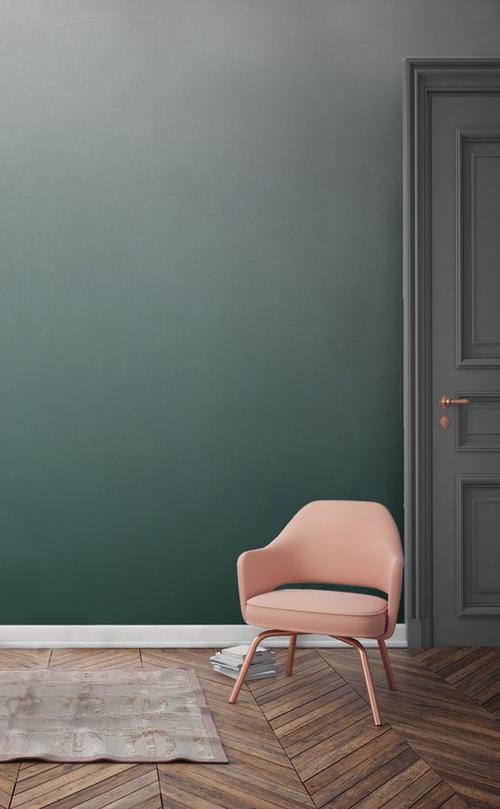
Choose Your Colors:
The first step in painting an ombre wall is to select the colors you want to use. Consider the overall color scheme of the room and choose shades that complement each other. Typically, ombre walls consist of three to five different shades of the same color, gradually transitioning from light to dark. However, you can also experiment with different color combinations for a unique look.
Prepare the Wall:
Before starting the painting process, it’s important to prepare the wall properly. Remove any artwork, nails, or other objects from the wall and fill any holes or imperfections with spackling compound. Sand the patched areas smooth and wipe the wall clean with a damp cloth to ensure a smooth painting surface.
Mark the Sections:
To create an even gradient effect, it’s essential to divide the wall into sections. Measure the height of the wall and divide it by the number of colors you have chosen. Use a pencil and a level to mark horizontal lines on the wall, indicating where each color will begin and end.
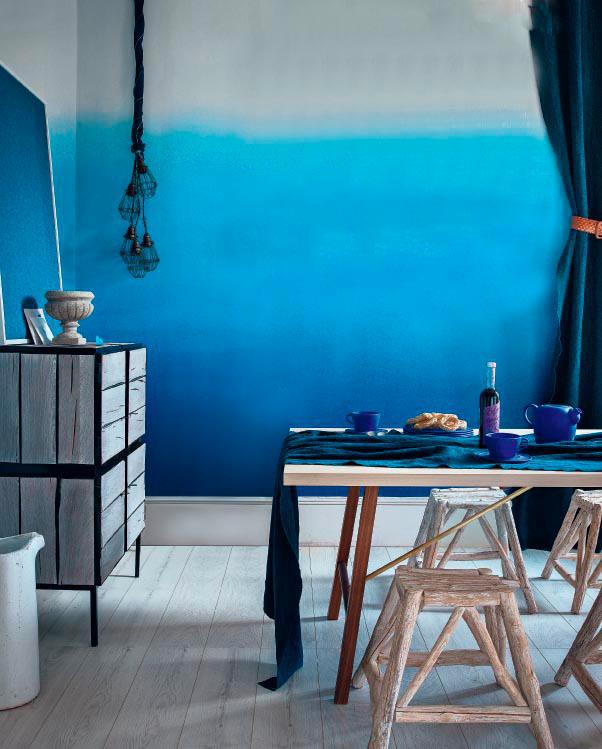
Mix the Paint:
Start by mixing the lightest color you have chosen according to the manufacturer’s instructions. Pour the paint into a paint tray and use a best paint roller to apply it to the top section of the wall, just below the marked line. Make sure to spread the paint evenly and cover the entire area.
Blend the Colors:
Once the first section is painted, it’s time to start blending the colors. Take the second lightest shade and pour it into a clean paint tray. Using a clean paint roller, start rolling the second color onto the wall, slightly overlapping the edge of the first color. This will create a seamless transition between the two shades. Blend the colors by rolling back and forth along the edge where they meet. Continue this process until you have reached the next marked line.
Repeat the Process:
Repeat the blending process with the remaining colors, working your way down the wall. Remember to clean the paint roller and tray thoroughly before switching colors to avoid mixing the shades unintentionally. Take your time and blend the colors carefully to achieve a smooth and gradual transition.
Touch Up and Clean Up:
Once all the sections are painted and blended, step back and assess the overall effect. If there are any areas that require touch-ups or additional blending, wait for the paint to dry completely before making any corrections. Use a small brush to fix any imperfections or uneven areas.
Let It Dry:
Allow the paint to dry completely before moving or placing any furniture against the wall. This will help prevent smudges or damage to your newly created ombre effect. Follow the manufacturer’s instructions for drying times, as they may vary depending on the type of paint used.
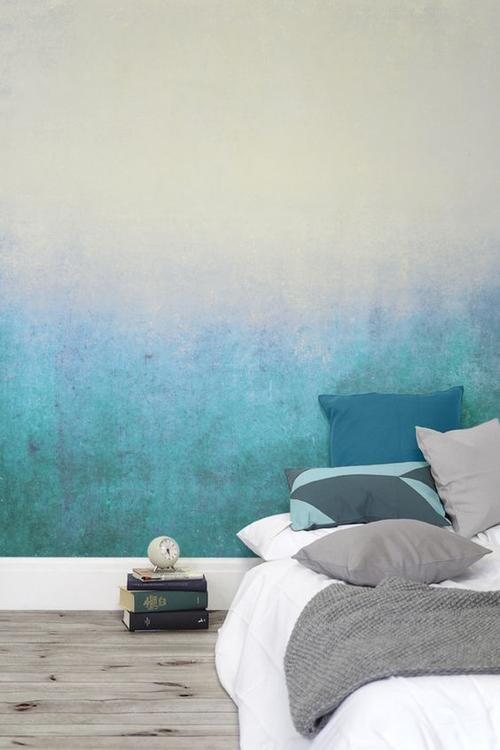
Advantages of Gradient Wall Paint
Gradient wall paint, also known as ombre wall paint, is a popular trend in interior design that involves blending two or more colors together to create a smooth transition from one shade to another.
Enhances Aesthetics:
Gradient wall paint adds a touch of visual interest and uniqueness to any space. By incorporating multiple hues, it creates a stunning focal point that immediately catches the eye. Whether it’s a subtle blend of neutral shades or a vibrant burst of contrasting colors, the ombre effect can transform a plain wall into a work of art.
Creates Illusion of Space:
One significant advantage of gradient wall paint is its ability to create an illusion of space. By using lighter shades at the top and gradually transitioning to darker tones at the bottom, the wall appears taller and more expansive. This technique is particularly useful for smaller rooms or areas with low ceilings, as it helps open up the space visually.
Adds Depth and Dimension:
The gradual color transition in gradient wall paint adds depth and dimension to the walls. It provides a sense of movement and texture that cannot be achieved with solid color walls. This effect can make a room feel more dynamic and visually appealing.
Versatility in Design:
Gradient wall paint offers immense versatility in design. It can be applied to various architectural styles and interior themes, ranging from contemporary to traditional. Additionally, it allows for customization by choosing colors that match personal preferences and complement the existing décor. Whether it’s a gentle blend or a bold contrast, the possibilities are endless.
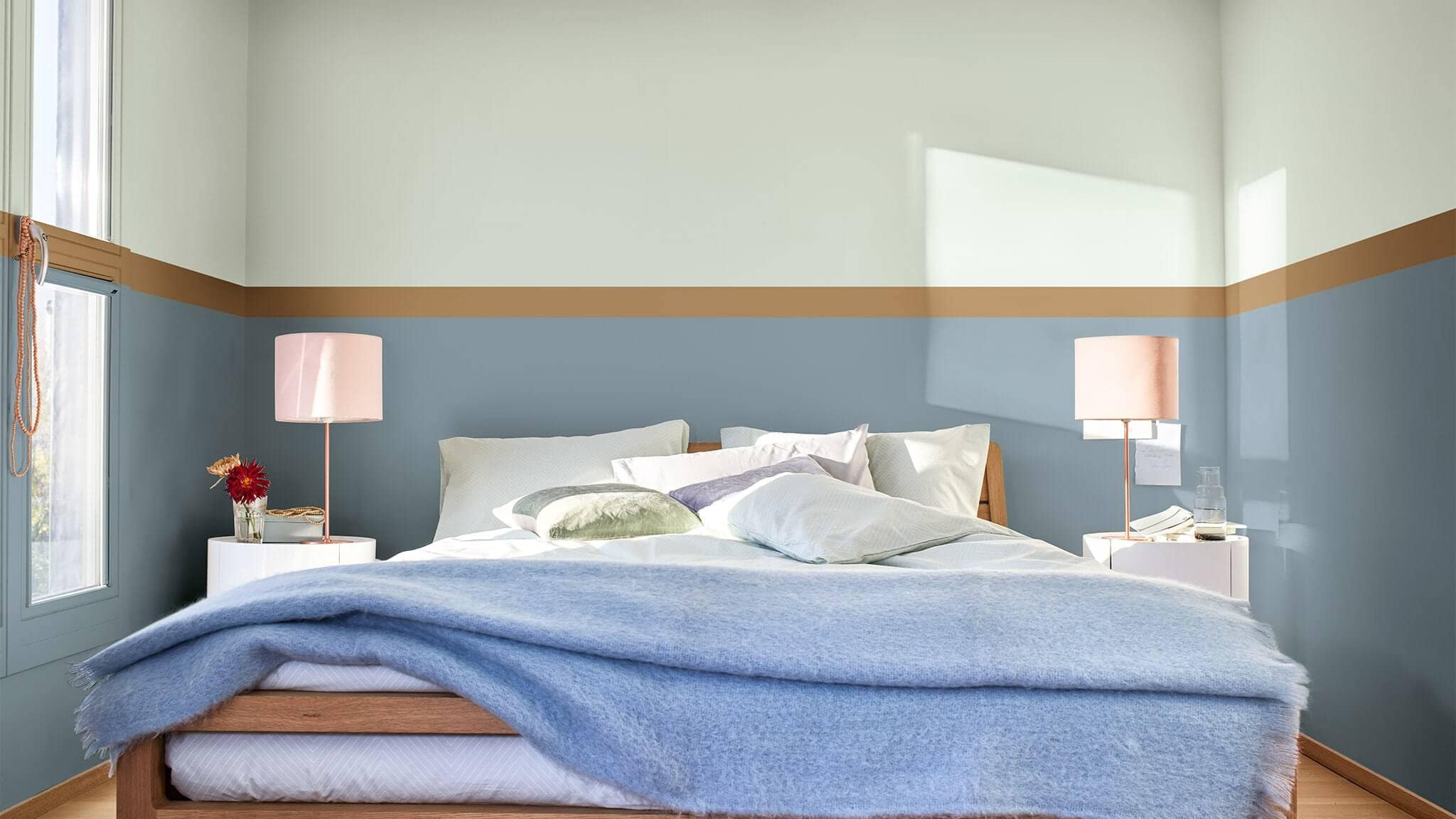
Conceals Imperfections:
Another advantage of gradient wall paint is its ability to conceal imperfections on the wall surface. Uneven textures, minor cracks, or patchy areas can be masked effectively by the gradual color transition. This makes gradient wall paint an excellent choice for older homes or walls with minor damages that would otherwise require extensive repairs.
Reflects Personal Style:
Gradient wall paint provides an opportunity for homeowners to showcase their unique personal style. The choice of colors and the way they are blended reflects individual preferences and creativity. It allows individuals to express themselves through their living spaces and create an environment that resonates with their personality.
Easy Maintenance:
Maintaining gradient wall design ideas paint is relatively easy compared to other decorative techniques. Regular cleaning with a soft cloth or sponge is usually sufficient to keep the walls looking fresh and vibrant. In case of any stains or marks, touch-ups can be done easily without repainting the entire wall.
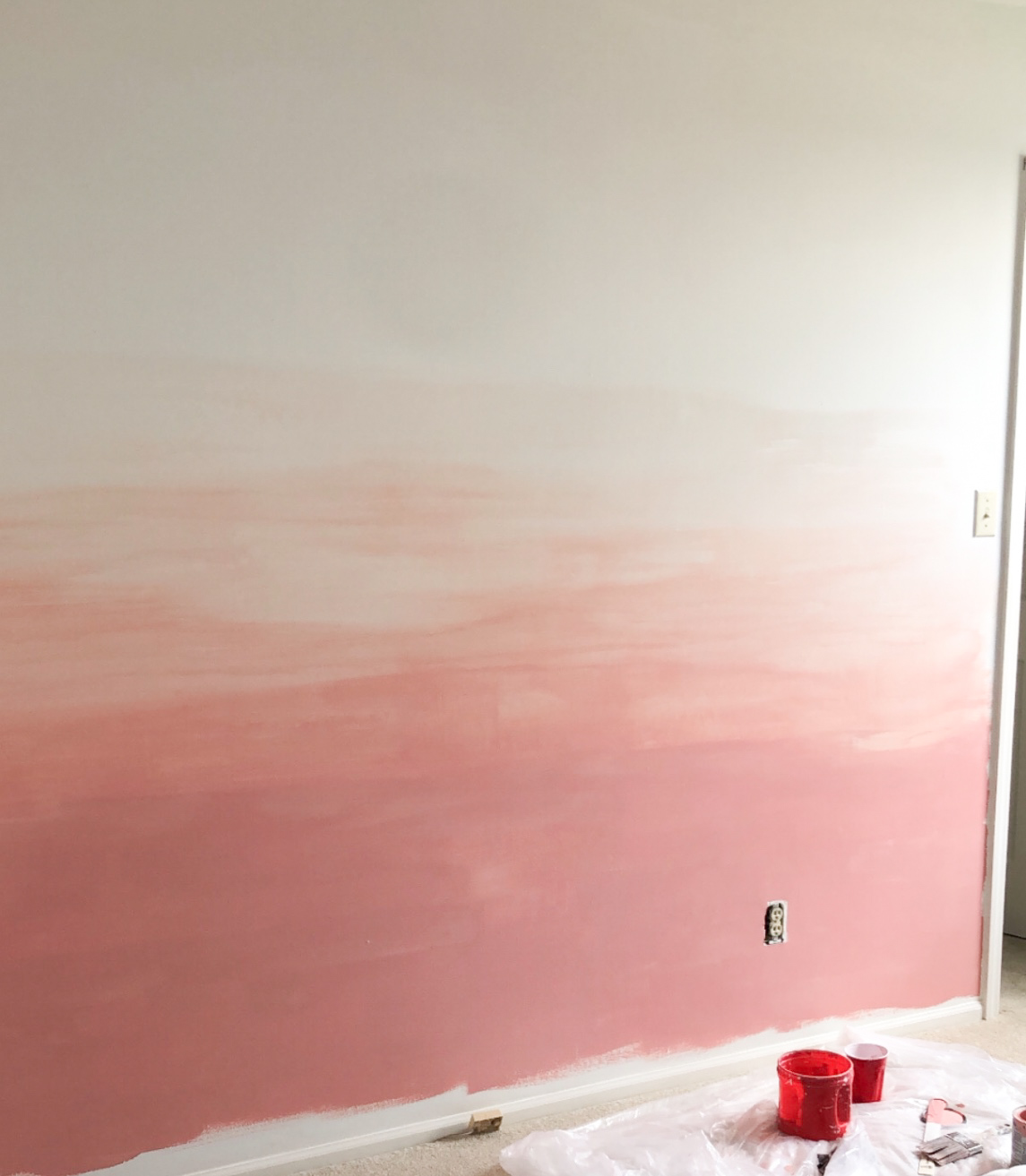
Conclusion:
Painting an ombre wall is a creative and visually striking way to transform any room. With careful planning, preparation, and execution, you can achieve a beautiful gradient effect that adds depth and personality to your space. Remember to choose colors that complement your decor, divide the wall into sections, and blend the colors seamlessly for the best results. With a little patience and attention to detail, you can create a stunning ombre wall that becomes the centerpiece of your room’s design.
